Sanatan Sanstha provides guidance on how to survive during the adverse times !
To read Part 4, click here Preparation required to survive during the adverse times Part 4
Paratpar Guru (Dr.) Jayant Athavale, the only
visionary active for the survival of humans in the adverse times !

3. Various physical level preparations to face the adverse times
3 D. Preparations for feasibility of travel when
fuels such as petrol and electricity are not available
3 D 1. Buying means transportation useful for travel and shipment
During the adverse times, there will be shortage of fuels such as petrol, diesel, etc. As the adverse times intensify, even these fuels will not be available. Then, 2-wheelers and 4-wheelers running on these fuels will be of no use. Information on some means of transportation which can be useful for travelling, admitting patients, shipment of grains or heavy items, etc. during adverse times is given ahead.
3 D 1 A. Bicycle
Different types of bicycles are mentioned ahead. Considering your needs and financial abilities, as well as the benefits of bicycles, the most suitable option can be selected.
3 D 1 A 1. Simple bicycle

There are two types of bicycles, one with a tyre and tube and the other with tubeless tyres.
3 D 1 A 2. Bicycle running on a battery (Also called E-bike or electric bicycle)
3 D 1 A 3. Cycle-rickshaw
In the adverse times, cycle-rickshaws will be useful for taking a patient to the doctor, transporting luggage, etc.
3 D 1 B. Battery operated 2-wheelers and 4-wheelers
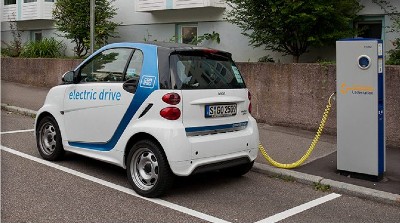
Although this type of vehicle is useful when there is shortage of petrol, diesel etc., these vehicles have some shortcomings when compared with the vehicles running on petrol, diesel etc. Readers can get more information on this from the respective vendors.
3 D 1 C. Handcart
The handcart used by vendors selling vegetables, vada-pav etc. on the roadside will be useful for transporting goods during the adverse times.
3 D 1 D. Bullock cart or horse carriage
Rear oxen for pulling bullock carts. If both, cows and oxen are reared, then, besides getting cow’s milk, their progeny will result in increasing their numbers. Oxen can be used to pull a cart after it reaches the age of 3 years. A horse-drawn carriage can also be bought just like a bullock cart. If only a horse is bought, it would be useful for travel.
Feeding and watering cows, oxen and horses, arranging their stables, taking care of them, treating them for their illness etc. should be understood from an expert. One can also learn how to ride a horse and drive a horse or bullock cart.
3 D 2. Use of lighting devices if the street lights are off due to a power cut during night travel
3 D 2 A. A flashlight that can be charged with electricity or solar energy
One or more flashlights should be purchased and stored for the adverse times. Such flashlights should also be used regularly.
3 D 2 B. Lantern
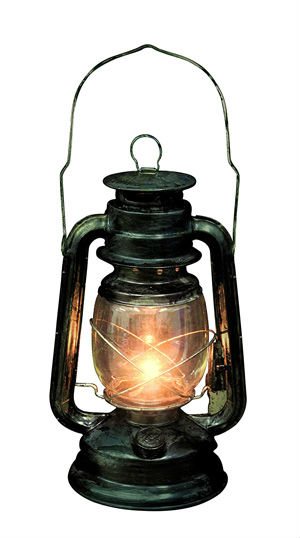
Kerosene is used to light the lantern. If kerosene is not available, other oils (cooking oil, vegetable oil) can be used in a lantern. Apart from lanterns, various types of kerosene lamps are also available in the market.
3 D 2 C. Mashal (Torch)
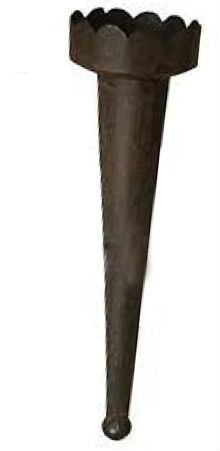
Torches are not sold everywhere; but they can be made by a carpenter or a fabricator. At the top of the torch is a large bowl made of metal (steel, brass). This bowl is attached to a wooden rod about half-a-meter long. Just as a niranjan has a cotton wick, a coil of a rag cloth is used as a wick in this torch.
How to ignite the mashal : ‘Hold the torch upright and place a tightly coiled cloth in the bowl at the top, and keep one end of the cloth out of the coil to facilitate its lighting. Pour oil (Karanj oil, cotton seed oil) over the coil in the bowl till the coil is completely soaked.
When the protruding end of the coil is lit, the mashal gets lit and remains so until it runs out of oil. Add oil as required to the cloth coil without letting the oil run out completely. Learn how to prepare the mashal from an expert.’
– Mr. Avinash Jadhav, Sanatan Ashram, Ramnathi, Goa.
3 D 2 D. Flambeau (Burning torch)

This is made from the leaves of coconut tree. To make it, take coconut leaves enough to fit in a fist and tie them together tightly with the help of other leaves or twine. For the flambeau to burn slowly, lightly sprinkle some water over it before lighting. Since coconut leaves have natural oil content, it does not require any fuel to keep it burning. Just like we hold a match stick tilted while burning, flambeau should also be tilted while burning so that it can burn properly. A 3-feet-long flambeau gives light for approximately 20 minutes.
– Mr. Vivek Prabhakar Naphade, Sanatan Ashram, Devad, Panvel, Maharashtra.
3 D 3. Using a compass to find directions while traveling in a unfamiliar territory
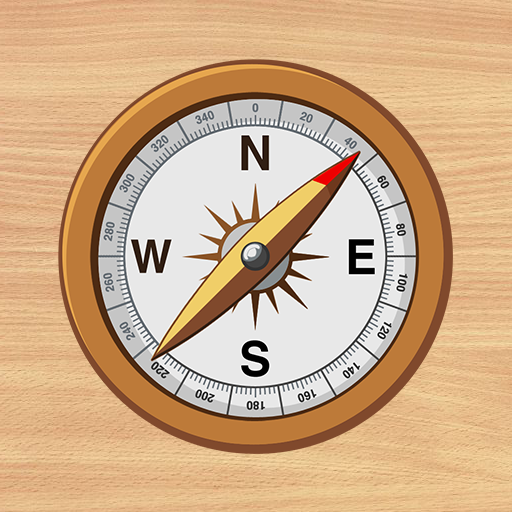
During the adverse times, one may have to migrate from one region to another unfamiliar region. At such times, there is no guarantee that there will be information boards on the way or people who will give directions. Even if there are signboards, they will not be visible in the darkness of the night. At such times, a compass will be useful to avoid directionless journey and wandering. For this, download a compass App on your mobile. The direction can be understood by looking at this compass.
Remember that even if the compass is downloaded on the mobile, its battery can get discharged. Therefore, a compass instrument should also be carried. The compass does not require a battery or electricity. Its needle always indicates the North-South direction. From that, other directions can be decided.
– Mr. Vijay Patil, Jalgaon, Maharashtra.
To read Part 6, click here Preparation required to survive during the adverse times Part 6
Reference : Sanatan’s forthcoming Text series – ‘Preparations required to survive the adverse times’
(Copyright : Sanatan Bharatiya Sanskruti Sanstha)


 Terrace gardening a lifeline for calamitous times (Part 2)
Terrace gardening a lifeline for calamitous times (Part 2) Terrace gardening a lifeline for calamitous times (Part 1)
Terrace gardening a lifeline for calamitous times (Part 1)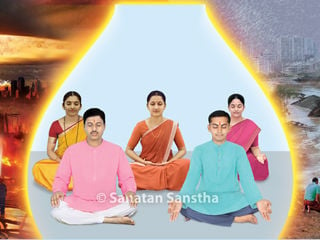 Activities to be undertaken daily to maintain God’s grace and to build a protective shield...
Activities to be undertaken daily to maintain God’s grace and to build a protective shield... how to improve mental strength to face a terrible situation such as a riot
how to improve mental strength to face a terrible situation such as a riot Preparation required to survive during the adverse times Part – 10
Preparation required to survive during the adverse times Part – 10 Preparation required to survive during the adverse times part – 9
Preparation required to survive during the adverse times part – 9